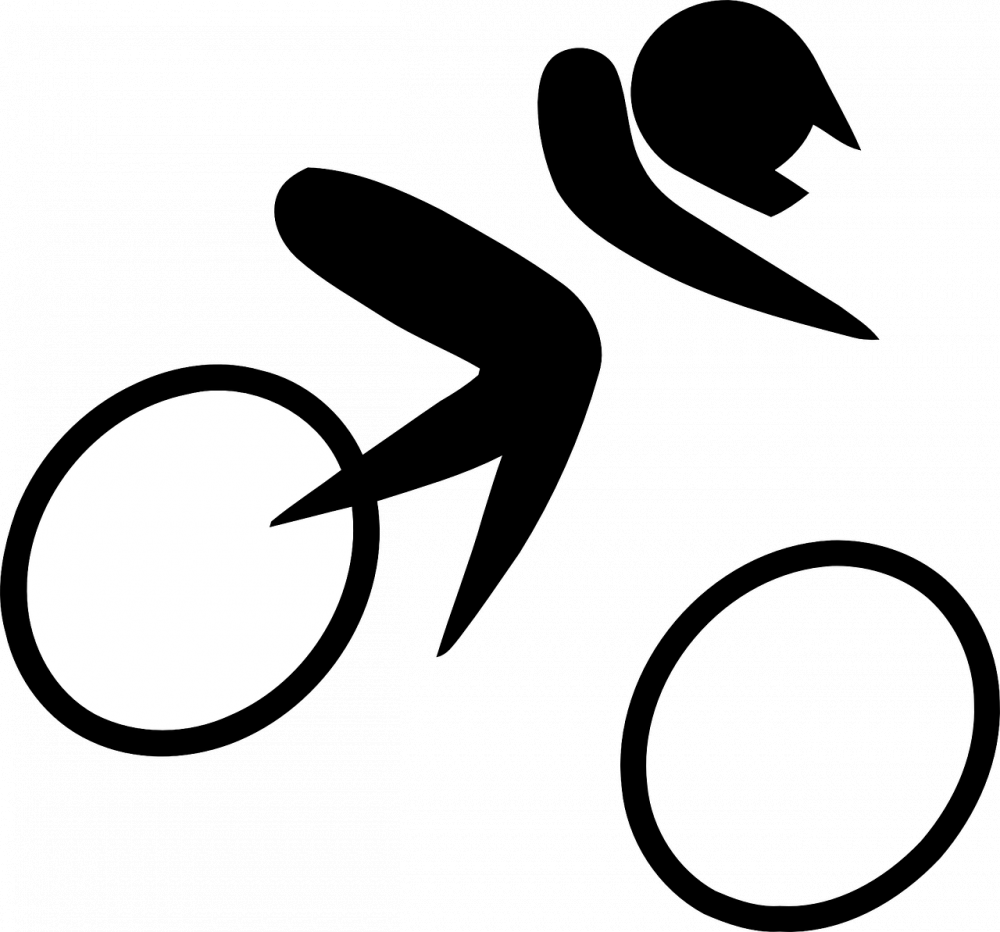Tour de France 4th Stage: A Historical Overview

Introduction:
The Tour de France is one of the most prestigious and challenging cycling races in the world. The race consists of multiple stages, each holding its own unique characteristics and challenges. In this article, we will dive into the details of the Tour de France 4th stage, providing a comprehensive understanding of its significance and historical evolution. Whether you are a fervent fan of cycling or simply interested in this renowned event, read on to explore the captivating world of Tour de France.
Overview of Tour de France 4th Stage:

The Tour de France 4th stage is a crucial part of the race, typically taking place in the first week of the competition. It is often renowned for its diverse terrain, breathtaking landscapes, and numerous twists and turns, making it an exhilarating experience for the riders and spectators alike. This stage generally spans around 150 to 200 kilometers, and its route varies each year, ensuring new challenges and excitement.
Historical Evolution:
The Tour de France 4th stage has evolved significantly over time, reflecting both the advancements in cycling as well as the changing geographical preferences. Let us take a closer look at its historical journey:
1. Early Years (1903-1940):
– The inaugural Tour de France in 1903 featured a grueling 4th stage, covering multiple stages across different regions of France.
– In the early years, the route mainly focused on flat terrains, with occasional ascents in the mountainous areas.
– The stage provided an opportunity for riders to showcase their sprinting abilities and endurance.
2. Post-War Developments (1947-1960):
– The aftermath of World War II brought significant changes to the Tour de France, including the 4th stage.
– Mountains became an integral part of the stage, introducing challenging ascents that favored climbers and tested their stamina.
– The inclusion of these mountainous terrains added an extra layer of excitement and difficulty to the race.
3. Modern Era (1961-Present):
– In recent decades, the Tour de France 4th stage has witnessed constant evolution to maintain excitement and keep the race unpredictable.
– The route planners have experimented with different terrains, encompassing flat sections, rolling hills, and demanding mountain passes.
– The stage is strategically designed to test the cyclists’ technical skills, strategic decision-making, and physical capabilities.
Featured Snippet Bulletpoints:
– The Tour de France 4th stage is a crucial part of the renowned cycling race.
– Known for its diverse terrain, fascinating landscapes, and challenging twists and turns.
– Generally spans around 150 to 200 kilometers with varying routes each year.
– Historical evolution showcases the inclusion of mountains and challenging terrains.
– A platform for riders to exhibit their sprinting abilities and endurance.
– In recent years, the stage has encompassed flat, rolling, and mountainous terrains to keep the race exciting and unpredictable.
Conclusion:
The Tour de France 4th stage holds a special place in the hearts of cyclists and enthusiasts around the world. Its historical journey reflects the growth and evolution of the race, as well as the insurmountable challenges faced by the riders. This stage provides a captivating spectacle of athleticism, strategy, and determination. As the Tour de France continues to push the boundaries of cycling, the 4th stage remains an integral part of its legacy, keeping fans at the edge of their seats year after year.
References:
– Tour de France Official Website: www.letour.fr











